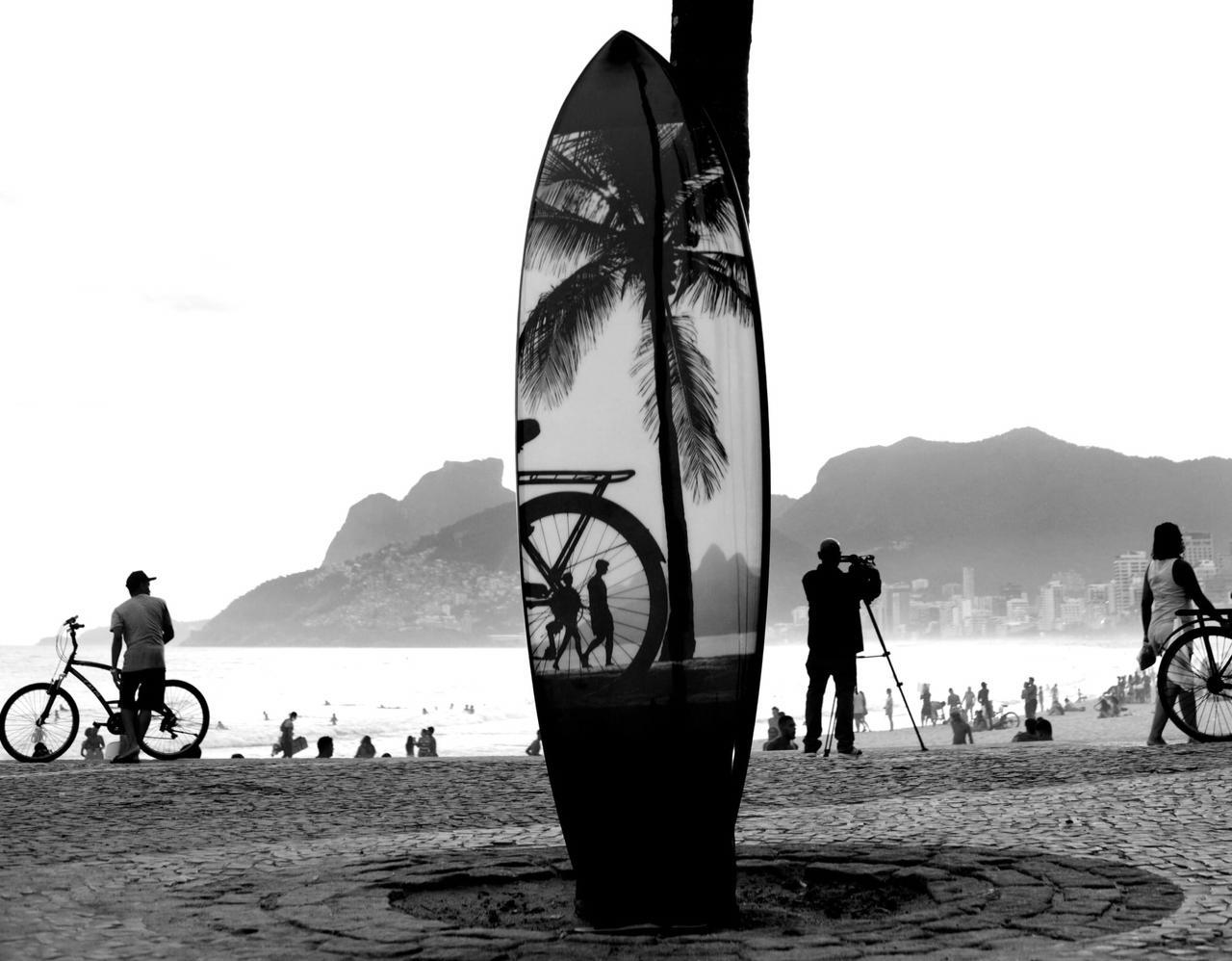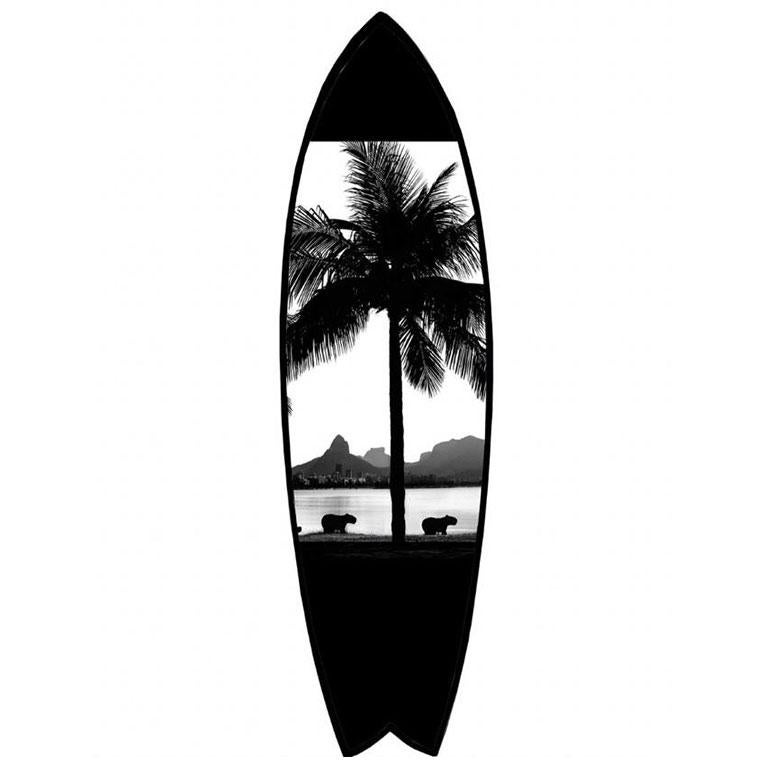Items Similar to Woven Apache Basket with Dog Motif
Video Loading
Want more images or videos?
Request additional images or videos from the seller
1 of 5
UnknownWoven Apache Basket with Dog Motif
About the Item
Woven Apache basket with dog motif
Late 19th century - Early 20th Century
Woven from Willow and Devil's claw
Apache is a collective term for several culturally related groups of Native Americans living primarily in the Southwest, which includes the Jicarilla and the Western Apache. Because they were a nomadic people, though usually within a very limited territory, they did not take to making pottery (with some exceptions such as Tammie Allen of Jicarilla). They did, however, weave, and became very skilled in the art of Basketry.
The Jicarilla Apache basketry covers a long span of time, but very little is known of their work before they were settled on a reservation in 1887 in northern New Mexico. All Jicarilla baskets are of coil weave, usually of sumac, but sometimes of willow.
The Western Apache reservations are in Arizona, east of Phoenix and close to the New Mexico border. They consist of the San Carlos Reservation and the White Mountain Reservation.
Of all Southwestern Indian basketry, those of the Western Apache have long been admired for their craftsmanship and beauty. Again, the Apache were somewhat nomadic and relied on hunting and gathering as a means of subsistence. Basketry was a convenient vessel for gathering nuts, roots and other edible items.
In earlier days, the average Apache home would have a number of baskets around to be used in the day-to-day activities. A water jar (tus) would be used to go to the river for water. It would be brought home and emptied into a larger tus. Trays would be used for storage of foodstuffs or for winnowing. Burden baskets would be used for hauling large quantities of food or even firewood. Baskets were also used in girl’s puberty rite ceremonies.
- Dimensions:Height: 3.5 in (8.89 cm)Diameter: 13 in (33.02 cm)
- Medium:
- Period:
- Condition:
- Gallery Location:Missouri, MO
- Reference Number:1stDibs: LU747312759632
About the Seller
5.0
Vetted Seller
These experienced sellers undergo a comprehensive evaluation by our team of in-house experts.
Established in 1970
1stDibs seller since 2017
141 sales on 1stDibs
Typical response time: 22 hours
- ShippingRetrieving quote...Ships From: Missouri, MO
- Return PolicyA return for this item may be initiated within 2 days of delivery.
More From This SellerView All
- Woven Apache Basket with Dog and Human MotifLocated in Missouri, MOWoven Apache Basket with Dog and Human Motif Late 19th century - Early 20th century Woven from Willow and Devil's Claw Apache is a collective term for several culturally related groups of Native Americans living primarily in the Southwest, which includes the Jicarilla and the Western Apache. Because they were a nomadic people, though usually within a very limited territory, they did not take to making pottery (with some exceptions such as Tammie Allen of Jicarilla). They did, however, weave, and became very skilled in the art of Basketry. The Jicarilla Apache basketry...Category
Early 20th Century Other Art Style More Art
MaterialsOrganic Material, Other Medium
- Cone Drawing with SculptureLocated in Missouri, MOCone Drawing with Sculpture By Jane Sauer (b. 1937- ) Cone Drawing Unframed: 30" x 31.5" Cone Drawing Framed: 37" x 29" Cone Sculpture: 27" x 4" Born i...Category
20th Century Modern Mixed Media
MaterialsLinen, Paper, Mixed Media, Wax
- Jazz PlayersLocated in Missouri, MOJazz Players by Bill Hinz (1920-2009) Signature in Textile Bottom Left Unframed: 41.5" x 64" Framed: 42.5" x 64.75" Unique Piece made entirely out of a s...Category
20th Century American Modern More Art
MaterialsTextile
- George III Style Mechanical Drinks and Smoking Cabinet (Converts to Table)Located in Missouri, MOGeorge III Style Drinks & Smoking Cabinet (Converts to Table) c. late 19th/early 20th Century Wood, Silver, Glass approx. 30.5" H x 23" W x 19.5" D ...Category
Early 20th Century More Art
MaterialsSilver
- Calder StabilesBy (after) Alexander CalderLocated in Missouri, MOCalder Stabiles Galerie Maeght Fine Art Poster Print 30 x 22 inches 31 x 23 inches with frame Alexander Calder (American, 1898-1976) One of America's best known sculptors, "Sandy" ...Category
20th Century Surrealist Abstract Prints
MaterialsColor
- Teres de Grand FeuBy (after) Joan MiróLocated in Missouri, MOTerres de Grand Feu Miro Artigas Galerie Maeght Fine Art Poster Print 30 x 21 inches 31 x 22 inches with frame Joan Miro (Spanish, 1893-1983) Joan Miro was born in Barcelona, Spain...Category
20th Century Surrealist Abstract Prints
MaterialsColor
You May Also Like
- Surfboard Rio I - Rio de Janeiro seriesLocated in New York City, NYJOAQUIM NABUCO SURFBOARD, Rio de Janeiro series 70 x 20 x 2.5 inches polyester resin; hand-shaped polyurethane foam; digital print Swallowtail: 70 h. x...Category
2010s Contemporary Black and White Photography
MaterialsResin, Polyester, Archival Pigment
- Surfboard Rio 2 - Rio de Janeiro seriesLocated in New York City, NYJOAQUIM NABUCO Surfboard Rio 2, Rio de Janeiro series 70 x 20 x 2.5 inches polyester resin; hand-shaped polyurethane foam; digital print Swallowtail: 7...Category
2010s Contemporary Black and White Photography
MaterialsResin, Polyester, Archival Pigment
- Surfboard Rio 3 - Rio de Janeiro seriesLocated in New York City, NYJOAQUIM NABUCO Surfboard Rio 3, Rio de Janeiro series 70 x 20 x 2.5 inches polyester resin; hand-shaped polyurethane foam; digital print Swallowtail: 7...Category
2010s Contemporary Black and White Photography
MaterialsResin, Polyester, Archival Pigment
- Surfboard Rio 3 - Rio de Janeiro seriesLocated in New York City, NYJOAQUIM NABUCO Surfboard Rio 3, Rio de Janeiro series 70 x 20 x 2.5 inches polyester resin; hand-shaped polyurethane foam; digital print Swallowtail: 7...Category
2010s Contemporary Black and White Photography
MaterialsResin, Polyester, Archival Pigment
- Surfboard Rio I - Rio de Janeiro seriesLocated in New York City, NYJOAQUIM NABUCO Surfboard I, Rio de Janeiro series 70 x 20 x 2.5 inches polyester resin; hand-shaped polyurethane foam; digital print Swallowtail: 70 h....Category
2010s Contemporary Black and White Photography
MaterialsResin, Archival Pigment, Polyester
- Elementary AbacusLocated in WINDSOR, AUThe Elementary Abacus offers a new kind of inclusive sensory experience, while featuring familiar references and performing everyday functionality. Keeping visual and physical experimentation at the forefront of the design process, the Elementary Abacus embodies the desire to see more designs that induce a state of ‘openness to experience’ design that caters to everyone, regardless of their sensory abilities. A piece that challenges standardisation and speaks of product design’s potential to feature more sensory richness, and modern technologies, without environmental compromise. HIGHLY COMMENDED AWARD IN THE CLARENCE PRIZE FOR EXCELLENCE IN FURNITURE DESIGN 2021 TASMANIA FINALIST OF AUSTRALIAN FURNITURE...Category
2010s Contemporary More Art
MaterialsSteel





